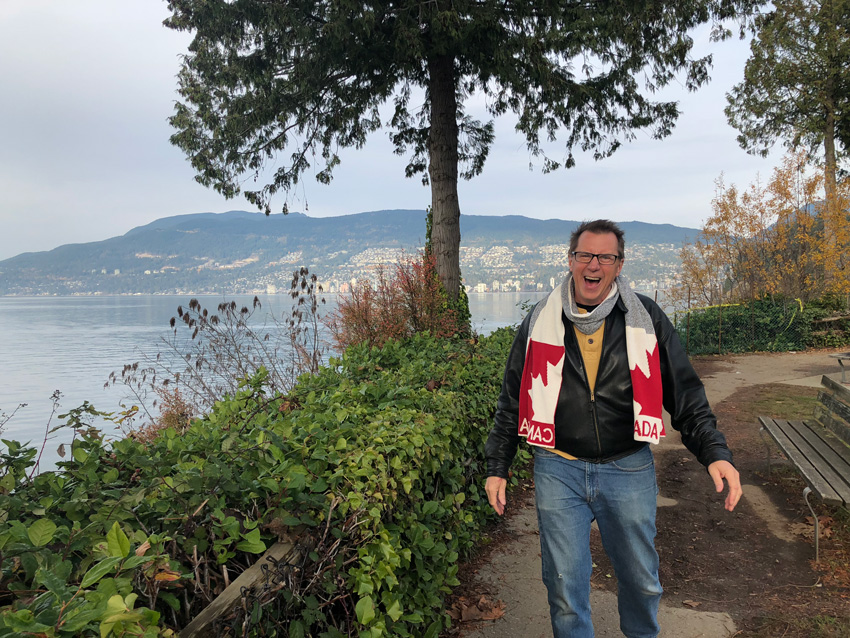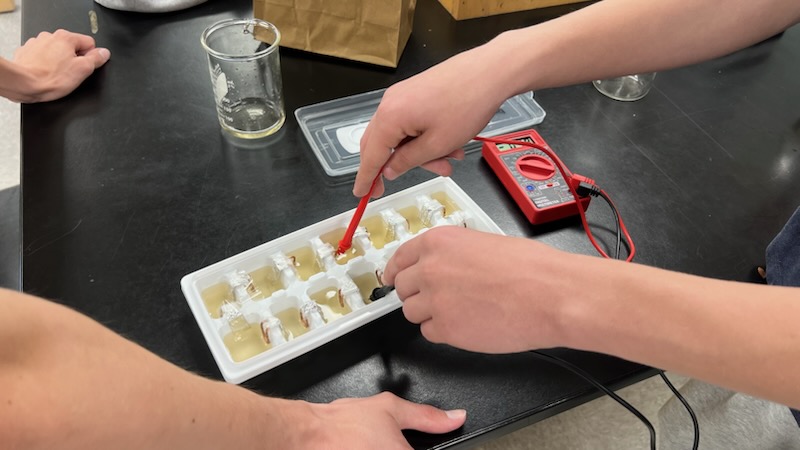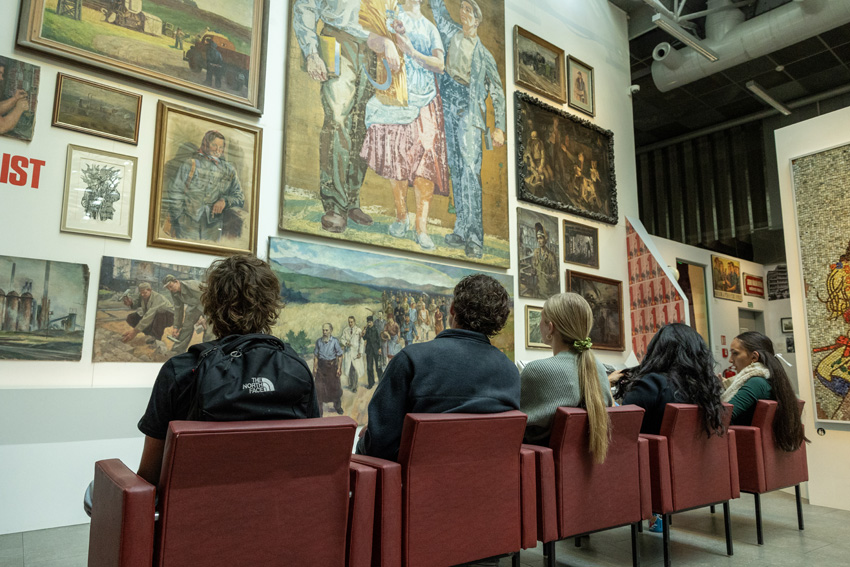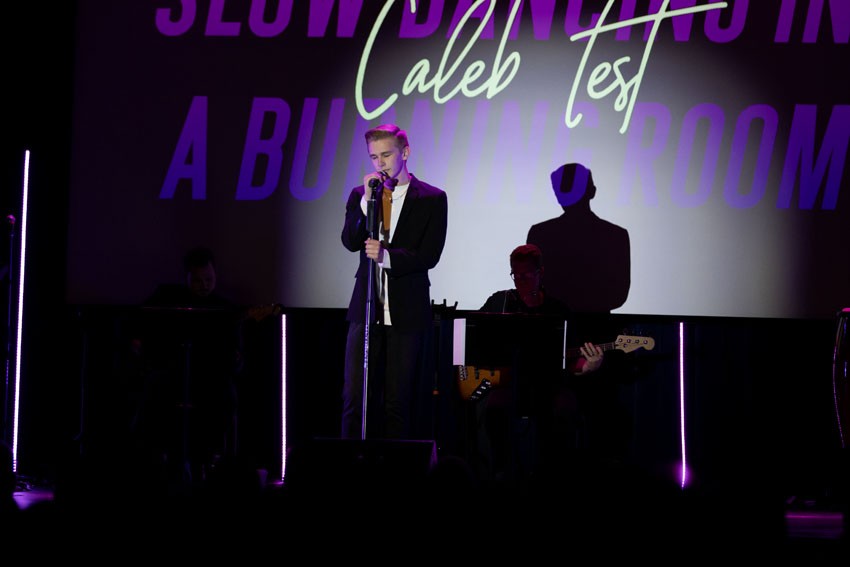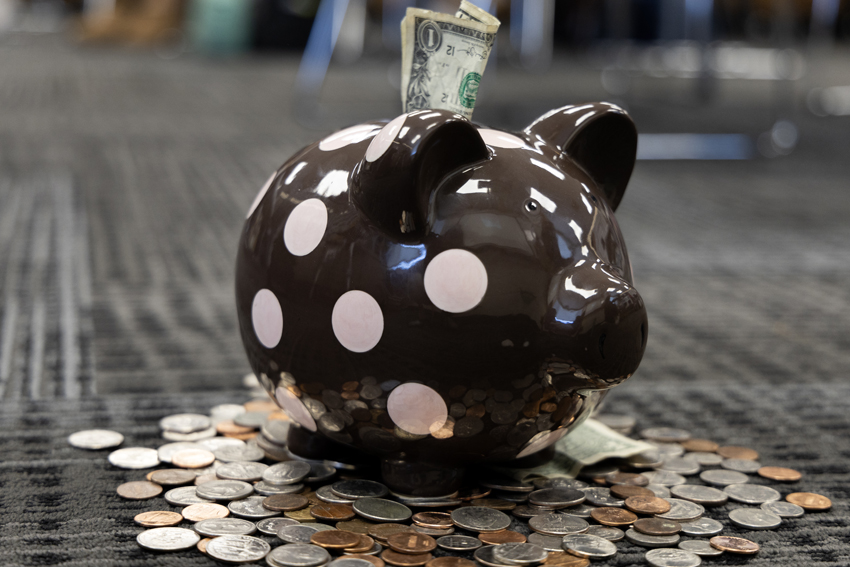On March 11, at 2:46 p.m. Greenwich Mean Time (GMT), a magnitude 9.0 earthquake struck an area 370 kilometers (230 miles) northeast of Tokyo, Japan, at a depth of 24.5 kilometers, causing buildings to sway and people to run for cover on the mainland.
The quake was the largest in Japanese history, and brought about tsunami warnings across the Pacific Ocean. Within an hour, a tsunami nine meters (30 feet) high hit the Japanese coastline, toppling barricades and leveling homes. For days, thousands of citizens were left stranded across Japan, and death tolls slowly began to rise as rescue workers scrambled to save as many lives as possible.
Both the quake and tsunami also caused severe damage at the Tokyo Electric Power Company’s (TEPCO) Fukushima Daiichi nuclear power plant, about 65 kilometers south of Sendai, the capital city of Japan’s Miyagi Prefecture.
Three of the plant’s six reactors, which came into service between 1970 and 1979, were down at the time due to inspections. The other three were also supposed to shut down in the event of an earthquake, but, because of the tsunami, their generator was immersed in flood water, causing them to fail.
In the days that followed, temperatures began to rise, along with radiation levels, at the crippled nuclear reactors. Several hydrogen explosions also occured between the three reactors. On top of this, spent fuel rods at the No. 4 reactor, one of the three closed at the time, began to cause fires due to a lack of cooling water.
On March 22, after 11 days of struggling, the Japanese government and workers at the Fukushima plant successfully connected power lines to all six reactors. Despite their best efforts, radiation was still able to leak into numerous areas in Japan.
Alumnus relocates before quake
Three weeks before the earthquake occurred, ’98 alumnus Thomas Breckenridge moved back to the states for his job at Boeing Corporation. Previously, he had been living in Tokyo and working as director of operations and strategy at Boeing Japan.
Although he was able to leave the country before the disasters took place, as many citizens are now attempting to do, Breckenridge believes that instead of being safe in the U.S., he should be back in Tokyo trying to help his friends and co-workers.
“I feel lucky in that all of my co-workers and all of my friends in Japan are OK,” Breckenridge said. “I personally don’t feel lucky, really. If anything, it feels like I should be there instead of in the U.S., in a way — at least there I could be doing something to help.”
Within the first few days of the nuclear disaster, Japan accepted aid from several foreign governments, including those of the United States, China and South Korea. This attitude to foreign aid differs greatly from Japan’s policies after the 1995 earthquake at Kobe, when Japan’s leaders were less than willing to accept assistance from other countries. Breckenridge suspects the severity of this catastrophe is the cause of this turnaround in policy.
“The scale of this disaster is more severe than previous events of this kind, so it’s natural for Japan to be reaching out to the international community,” Breckenridge said. “My understanding is that the U.S. response has been very well-received by the Japanese people. The U.S. military presence in Japan is a very controversial issue in Japan, and seeing the U.S. respond in this way is positive, I think, for both sides. In addition, I’m hearing that the Japanese government is handling the situation very well, despite some of the press reports to the contrary.”
Out of everything that has happened so far, Breckenridge believes that the most unfortunate part of the disasters in Japan is that the country cannot recover until the Fukushima nuclear power plant is fully contained, a process that could take weeks.
“The worst part about this disaster, as a co-worker of mine in Tokyo put it, is that Japan cannot yet begin to recover,” Breckenridge said. “Until the issues at the Fukushima nuclear plant are brought under control, the Japanese people cannot start to rebuild their lives — both physically and mentally.”
Disaster affects relatives of victims
In the wake of the quake and tsunami, millions of people have been left without food, clean drinking water, gasoline or electricity. Although the Japanese government seems to be doing its best to remedy this situation, residents of Japan, such as Kazue Asano, grandmother of Kristen Rosenthal, ’13, who lives in Isesaki city in the Gunma Prefecture, are trying to live without these necessities.
“The hardest thing right now is living without electricity and gasoline,” Asano said. “Public gasoline stations open at 6 in the morning, but by 5, massive lines are already formed. Last weekend, I waited in line [to get gas] until 9 a.m., even though I showed up at 5 in the morning.”
Asano considers her feelings about the entire disaster as a mixture of fear and sympathy.
“We [Asano and her family] were very frightened by the tsunami and earthquake, but we don’t think the radiation will affect us as much as the news assumes,” Asano said. “We sympathize with those who have lost their homes and jobs. We also hear stories about kids in school whose parents died and have no place to go. I can’t even imagine how hard that must be.”
Asano’s daughter Michiko, who moved to America when she was 18, is able to communicate with her family in Japan, and relays Japan’s current standing to her daughter and others whenever possible.
“We are very sorry and very sad for this tremendous disaster which destroyed many areas of Japan,” Michiko said. “Many people are starting to work and get back to life before the earthquake; however, northern parts of Japan have relatively big aftershocks and rolling blackouts. We will not forget this disaster in history.”
Michiko believes that, through traditions, the people of Japan will be able to rebuild their nation.
“We [the Japanese people] have this thought of shikata ga nai, which means there is nothing we can do, so whatever happens next we will accept,” Michiko said. “Also, people in Japan usually help each other and support one another as an entire community. Except for big cities, we never relocate, so we know each other as brothers and sisters. This will help us [rebuild] in the time to come.”
Radiation crosses the Pacific, reaches the U.S.
On March 18, monitors in Sacramento detected trace amounts of radiation from the Fukushima power plant. The spike in radiation levels was not considered dangerous and, like the Chernobyl accident of 1986, it was expected to waft across to neighboring countries.
Despite this, fears of radiation poisoning and earthquakes in California have triggered hysterics among some residents. Sophomore Matthew Jenkins expresses anxiety about California’s current condition.
“I have family down in southern California, where I here there’s radiation, which worries me,” Jenkins said. “It’s not really good, and I think that our government needs to put a stop to it before anything gets really out of hand.”
Along with California, several other states have noticed an increase in radiation levels over the course of the past week. This, coupled with the close encounter with nuclear disaster in Japan, has sparked debates about the safety of nuclear energy.
John Hutson, the president and chief executive of Fresno Nuclear Energy Group (FNEG), foresees the current situation in Japan as a setback for plans to build a nuclear plant in Fresno, but, Hutson says, the FNEG’s plans will ultimately come to fruition.
“This [nuclear power] is the biggest ‘lessons learned’ business in the world and has a bigger obligation for safety,” Hutson said. “It will hinder our efforts in Fresno somewhat, but at this point we are the only nuclear company moving forward in the world. Proving this, we signed to move forward with AREVA, the French nuclear company, at our board meeting Friday. FNEG will move forward, cautiously perhaps, but move forward we will.”
According to Hutson, the key to avoiding a tragedy like the one in Japan in the future is by constructing safer, more technologically advanced power plants.
“No matter the engineering, accidents are always possible, but the mitigation of those accidents and preparedness is the key,” Hutson said. “New plants are designed much more robust than the older ones and would mitigate accidents such as this one much better. Think for a minute about the hydrogen explosions: New plants have a passive, no-humans-involved system that, upon detection of hydrogen gas, releases oxygen and, when mixed with the hydrogen, makes it rain inside the reactor. Why should we extend lives of archaic reactors?”
Through inspecting Japan’s disaster, Hutson hopes that the nuclear community will be able to learn a few lessons and take more caution in the future.
“The best outcome of any disaster, in my opinion, is the opportunity for education and examination. A once-every-10,000-year event in Japan should not stop the best baseload, CO2 [carbon dioxide]-free source of power in the world,” Hutson said. “Maybe, as I have said, the industry will not try to squeeze the last drop of energy from nuclear plants and learn from this. Replace the old with the new. There is an old saying that goes, ‘The only way you make things stay the way they are … is to change.'”
For information on aiding Japan, visit the Red Cross website. For more information on the Fresno Nuclear Energy Group, e-mail Hutson. For more photos, check out the Official U.S. Navy Imagery’s Flickr gallery.
*Editor’s note: These photos by Official U.S. Navy Imagery on Flickr are used in accordance with their
Creative Commons Attribution 2.0 Generic License.

